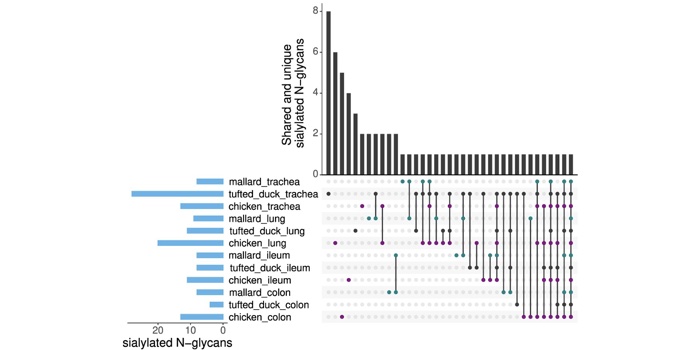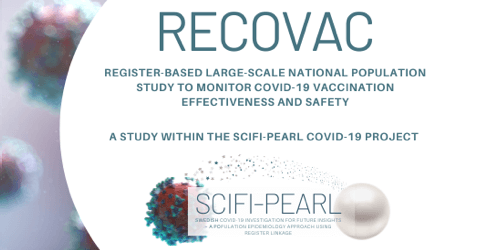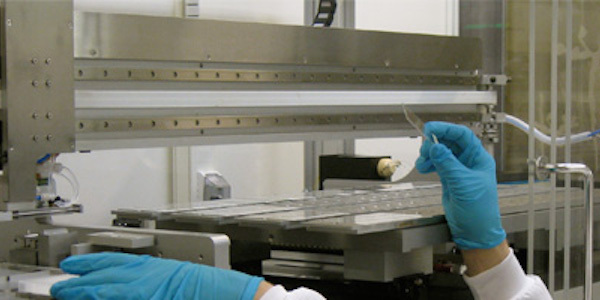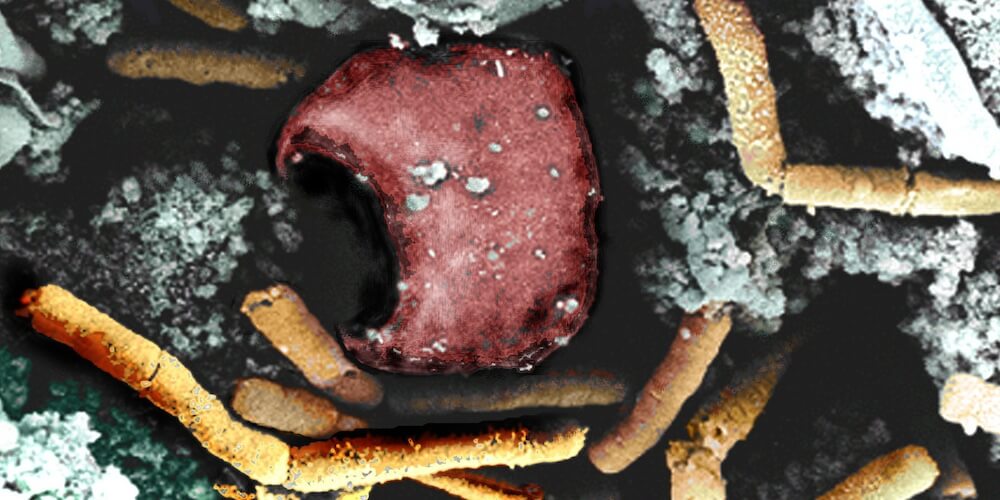Background
Infectious diseases are one of the most prominent threats to public health globally. Multiple types of organisms cause infectious disease, including bacteria (for example, urinary tract infections, tuberculosis), viruses (for example, the common cold, influenza, and coronaviruses), fungi (for example, ringworm), and parasitic organisms (for example, malaria).
Infectious diseases can spread directly or indirectly in multiple different ways. For example, they may spread through droplets in the air, by exchanging bodily fluids, and by consuming contaminated food. Infectious diseases can spread between humans (including from mother to unborn child) as well as between animals and humans.
The COVID-19 pandemic has highlighted exactly how detrimental coronaviruses can be to public health over the last 2+ years. However, many other infectious diseases have a significant, negative effect worldwide. Some examples of infectious agents affecting millions of people globally are Dengue fever, Ebola, HIV, Measles, Legionella, tuberculosis, West Nile fever, and Zika virus. Research into these infectious agents and efforts to monitor their spread took place before the COVID-19 pandemic, continued throughout, and will progress into the future. For example, Influenza is a seasonal airway infection that affects thousands of people in Sweden annually. Influenza can cause severe disease and possibly even lead to death in individuals where the immune response is compromised in some way (for example, in the elderly). The four subtypes of influenza (A, B, C, and D) are well known, but novel strains regularly emerge, and can result in outbreaks or even pandemics (for example, the Spanish flu). Given the potential negative effects of influenza on public health, continuous efforts are made to monitor its spread and to develop vaccines against novel strains. See the website of the Swedish Public Health Agency for more information related to influenza and how it is managed in Sweden (resources in Swedish).
It is clear then, that further work into known, emerging, and novel infectious diseases is warranted. In paticular, research is needed to elucidate their pathogenicity, the development of resistance to existing treatments (including antibiotic resistance), and to develop effective policies and treatments to minimise their impact. Further, surveillance is required to monitor their spread, as this will show when/where outbreaks occur and enable us to contain them.
For more information on how infectious diseases are monitored in Europe, see the European Centre for Disease Prevention and Control (ECDC) pages. For statistics regarding infectious diseases that are reported to the authorities in Sweden, see the Swedish Public Health Agency pages.
Data highlights (41)
Dashboards (12)
Editorials (2)
Infectious Diseases
Infectious Diseases
Sample collections (36)
| Name | Type | Size | Materials |
|---|---|---|---|
Dalarna biobank (forskningsprov och nyinsamlade prov):SARS-CoV-2 PCR positiva Dalarna |
Healthcare sample collection | 1000 - 10.000 | Nasal swab Throat swab |
Gävleborg biobank:Klinisk mikrobiologi |
Healthcare sample collection | 1000 - 10.000 | Nasal swab Serum Throat swab Other |
Halland biobank:Patologen Halland |
Healthcare sample collection | 100 - 1000 | Tissue (stained sections/slides) Tissue (paraffin preserved) |
Ongoing research projects (49)
| Project title | Funder |
|---|---|
Mental health of young LGBTQ+ people: Trends over time and during the COVID-19 pandemic, causes of mental ill-health, and ways to improve mental health of young LGBTQ+ peopleHost institute:
Karolinska Institute |
Forte |
The fatigue cohort - A longitudinal study on psychobiological mechanisms in post-COVID, chronic fatigue and exhaustion syndromes.Host institute:
Stockholms universitet |
Forte |
The unequal pandemic: investigating the relationship between health equity and political responses to covid-19Host institute:
Stockholms universitet |
Forte |
















